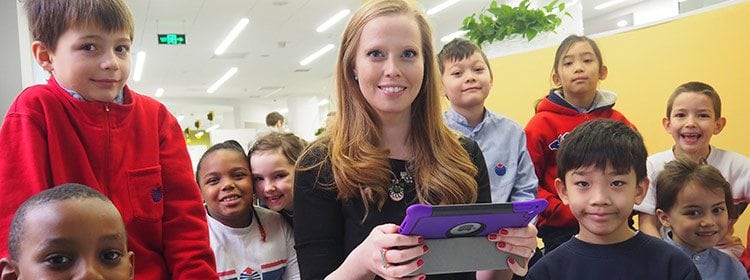Learning communities are reshaping how primary education is delivered, offering students and teachers innovative environments that support collaboration, flexibility, and continuous growth. These spaces are designed to go beyond the constraints of traditional classrooms, promoting deeper engagement and shared ownership of learning. At the heart of this transformation lies the concept of collaborative teaching—where multiple educators work together to deliver more dynamic, inclusive, and student-centered instruction.
What Is a Learning Community?
A learning community is a flexible educational environment that fosters open communication, student agency, and team-based teaching. Rather than being confined to one teacher and one group of students in a closed classroom, learning communities typically feature adaptable spaces where multiple teachers work collaboratively with larger groups of students. These communities are often supported by movable walls, shared planning areas, and differentiated zones for various learning activities.
How Collaborative Teaching Works in Learning Communities
In a collaborative model, teaching is shared among several educators, each bringing unique strengths and perspectives. Educators plan lessons together, divide instructional responsibilities, and support students based on their individual needs. This method often includes:
- Joint planning and co-delivery of lessons
- Flexible grouping of students across the year level
- Cross-curricular project-based learning experiences
- Shared responsibility for student outcomes
Benefits for Students
Students in collaborative learning communities benefit from exposure to a wider range of teaching styles and perspectives. With access to multiple educators, learners receive more targeted support and varied explanations of concepts. Additional advantages include:
- Smaller student-to-teacher ratios in group settings
- Personalized support based on students’ individual strengths and challenges
- Greater flexibility in how learning is approached and paced
- More engaging and immersive project-based learning opportunities
Benefits for Educators
For educators, collaborative environments offer built-in professional development and peer feedback. Teachers can observe one another in action, share best practices, and engage in daily reflection. This leads to:
- Continuous skill development through real-time collaboration
- Shared lesson planning that encourages creativity and innovation
- Reduced isolation and increased collegiality
- More effective problem-solving for student learning challenges
Examples of Collaboration in Action
One example of effective collaboration includes thematic units where students are grouped based on interests, such as a unit on ancient civilizations. Students might research different cultures in rotating groups, turning the entire learning space into an interactive exhibition. This type of experiential learning is made possible through open spaces, multiple educators, and shared resources.
Defining a Collaborative Educator
A collaborative educator is reflective, open to feedback, and willing to evolve their practice. Key traits include:
- Adaptability and openness to new strategies
- Honest reflection on lessons that didn’t go as planned
- Willingness to share ideas and receive constructive input
- Commitment to ongoing personal and team development
Tips for Effective Collaboration
To thrive in a collaborative teaching environment, educators should:
- Embrace a growth mindset—recognize that learning and improvement are continuous processes.
- Engage in regular, open dialogue with colleagues about teaching strategies, student needs, and lesson planning.
- Be proactive in seeking and offering feedback.
- Use shared planning time to align goals and support diverse student needs.
Conclusion
Collaborative teaching within learning communities is transforming primary education. By creating environments where educators and students thrive together, schools can foster deeper learning, greater creativity, and stronger relationships. As more educators adopt these models, the benefits for student achievement and teacher development continue to grow, offering a glimpse into the future of innovative, learner-centered education.
